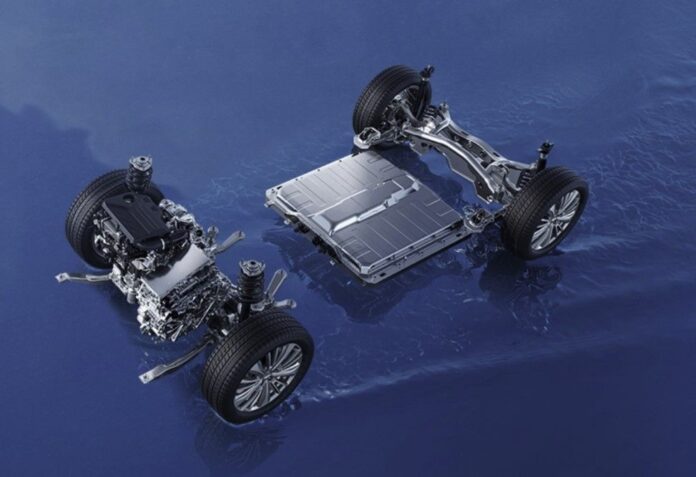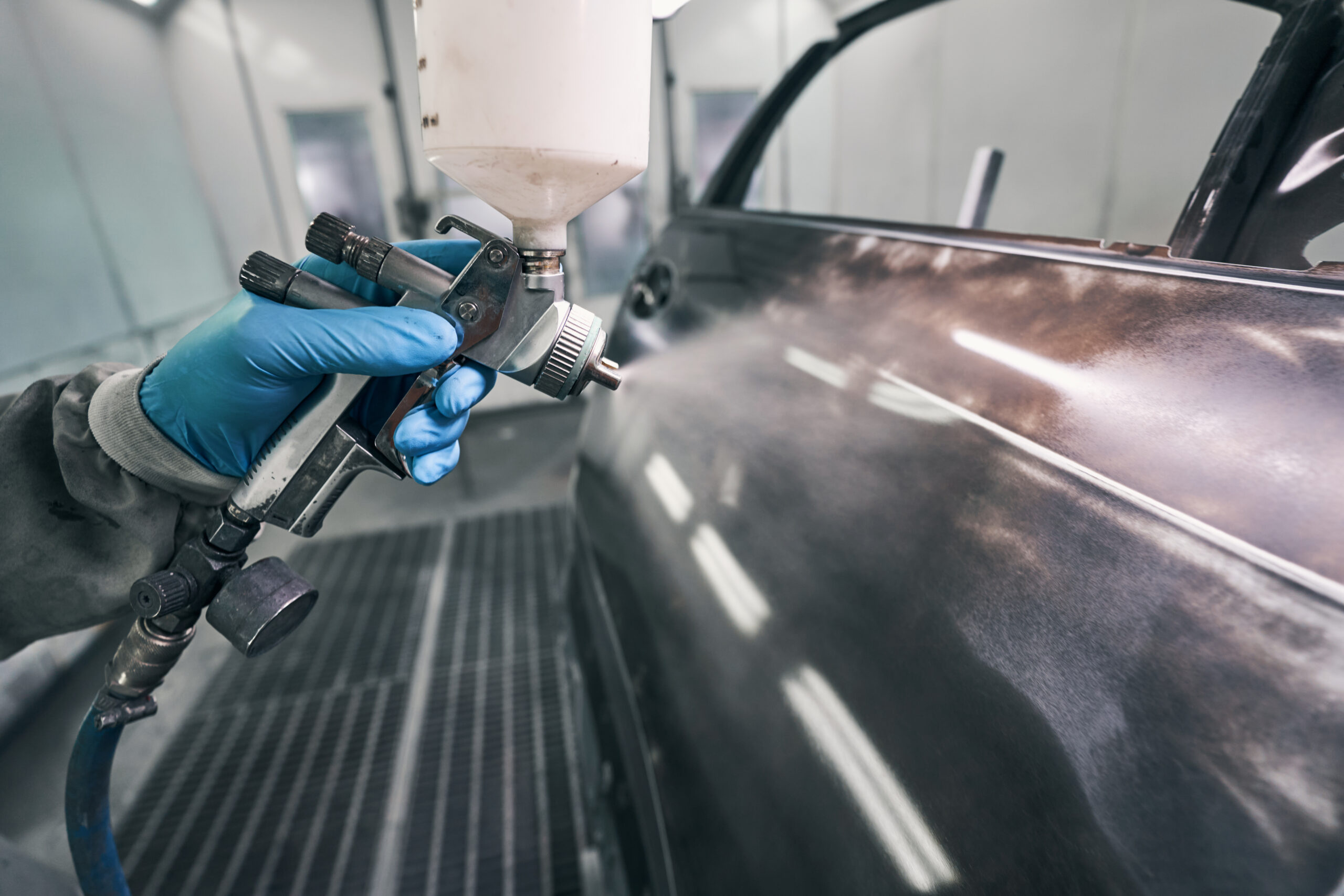There are things we see, sometime we do, which are inherently risky. For example, making a very basic electric wire repairs which are not by any means proper and could short out in a flash. Knowledge informs us about the consequences, but if needs must, as often happens at home, then risks are taken.
Imagine if a whole group of influential people told us all that electricity is ‘safe’?
As professional collision repairers and all of the associated industries including insurers, we know electricity is not safe at all unless there is the correct approach used with the correct personal protection equipment and with awareness that comes from training as well as practice. We know the proper view is:
‘Electricity is safe when it is respected and we are properly equipped for the situation.’
Why bother?
Repairers are in a unique position of finding no two accidents are exactly alike, the net average scenarios as used by vehicle manufacturers to develop impact energy distribution while minimising harm to humans – as seen in public via Euro NCAP – does not match what really happens. Repairers know – the starting point is hopefully with a vehicle which is agreed to be repaired, after it did the main job of protecting people during the impact.
Famously Volvo, and while it was alive, Saab, deployed teams of engineers to see impacts as soon as authorities allowed, to observe the material damage as well as to learn. This became, over many decades, an approach used by many vehicle manufacturers. The combination of specific defined tests along with other inputs has transformed vehicle impact survivability in the past three decades.
Back to our ‘safe’ electricity.
The reality is the UK has a mixed parc of vehicles with full, partial or non-electrified powertrains. The scale of this mix means it would be poor business on the part of insurers and repairers to ignore this, so regardless of beliefs, every single vehicle deserves our full attention.
Politicians and much of the media fall mainly into one camp – electrification is pure, it produces no pollution from an exhaust pipe because it may not even have one, and is ‘kind to the planet’. Maybe, but the job of insurers and repairers is to ensure when damage occurs, it is dealt with efficiently. Collectively, we should not care why a vehicle has an electrified powertrain, but we should very much care that we can work on such a vehicle and live to tell the tale.
Electric cars are safe
A bold claim, but as long as we know we have the right clothing, the insulted tools, an area in the workshop away from the routes most often taken by colleagues, checked the condition of gloves ass well as footwear, researched the vehicle in question, planned the job….. everything should go like clockwork. Just like any other job with an element of drawing on our knowledge, topped up by some specifics and awareness of others in the workplace.
This is not about lithium ion battery fires – although this is a subject for which there are still few precious answers and no desire on the part of politicians to initiate standards – it is about needless risk taken by all of us at various times and the realisation large amounts of DC energy is not generally good for health.
A tiny device that can save lives
Most lithium-ion batteries have a battery management system (‘BMS’) module which is inside the traction battery case. Depending on the system sophistication, it takes temperature readings from several parts of the battery, looks at how each cell is matched to all the other cells, and can control the external electric coolant pumps to ensure over heating is reduced.
The BMS may not be alive after a heave impact, and the cooling systems may not be functional either. However, if the battery is liquid cooled, and although based up, still able to work, the BMS is our biggest ally. As long as there is energy in the battery, it will try and ensure it does not overheat.
The issue is awareness of the BMS in the context of collision repair is something we need to help vehicle manufacturers understand. For the most part the system is there to ensure smooth operation of the energy storage system without damage. Once the vehicle is damaged BMS is in effect buried, so that all that stands between overheating is hope.
The present BMS, temperature sensors and cooling systems have proved to be vital to ensure a damaged battery presents little to no safety concern, but using these same items inside the battery case to monitor even when removed from a vehicle is becoming highly desirable.
The gap
The existing and growing electrified powertrain parc has all sorts of engineering good ideas, some of which worked and some of which didn’t. From the time perfection is reached, purging legacy systems will take years or possibly more than a decade. During that time repairers and insurers will be asked to do their job for vehicles which are not up to the latest standard.
On the one hand the sheer volume of different vehicle specifications will keep us al on our toes.
On the other hand, with planned work and known safety steps which have been proved to work over many decades, repair is possible and at minimal additional risk.
Respect for electricity matters.




